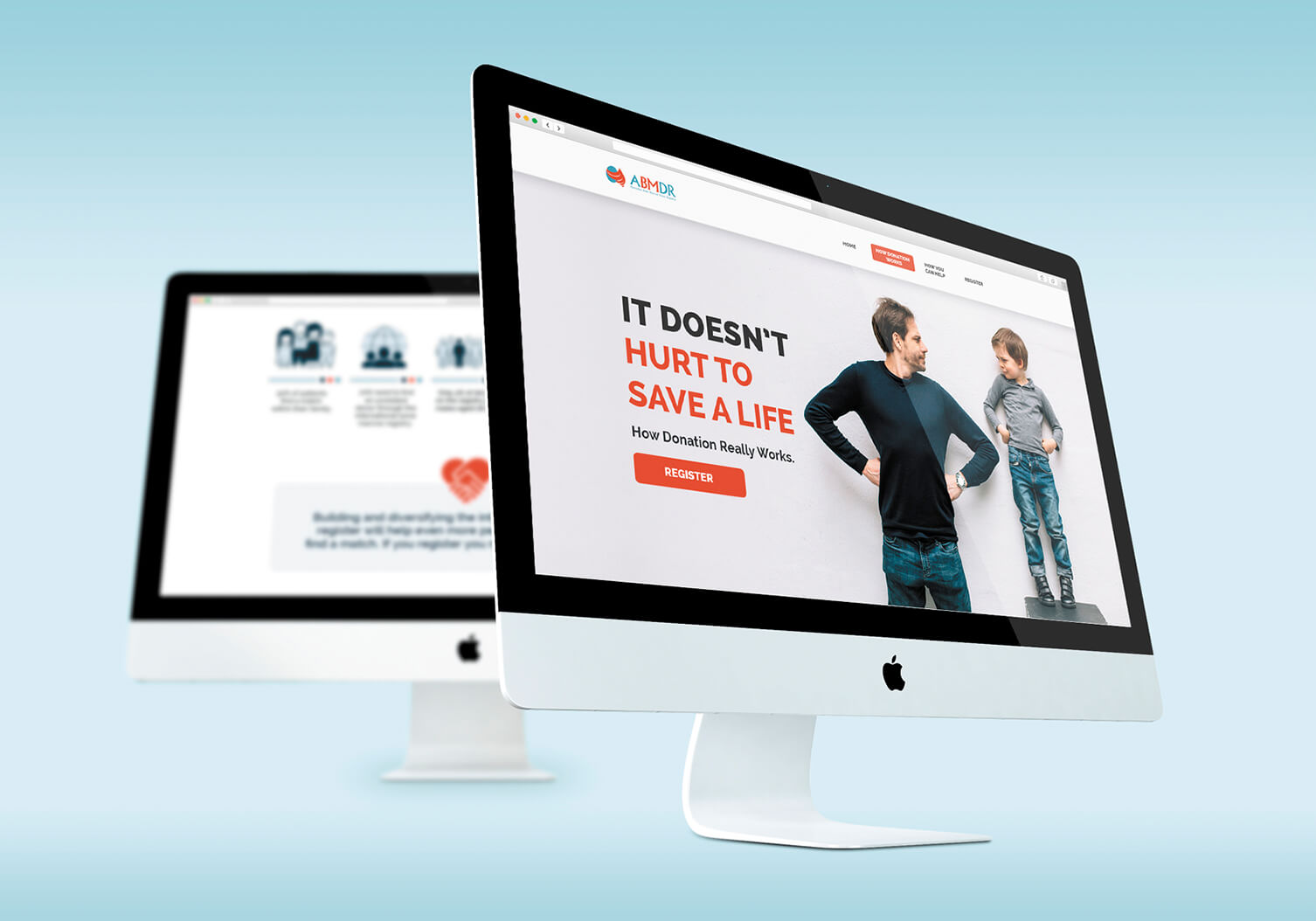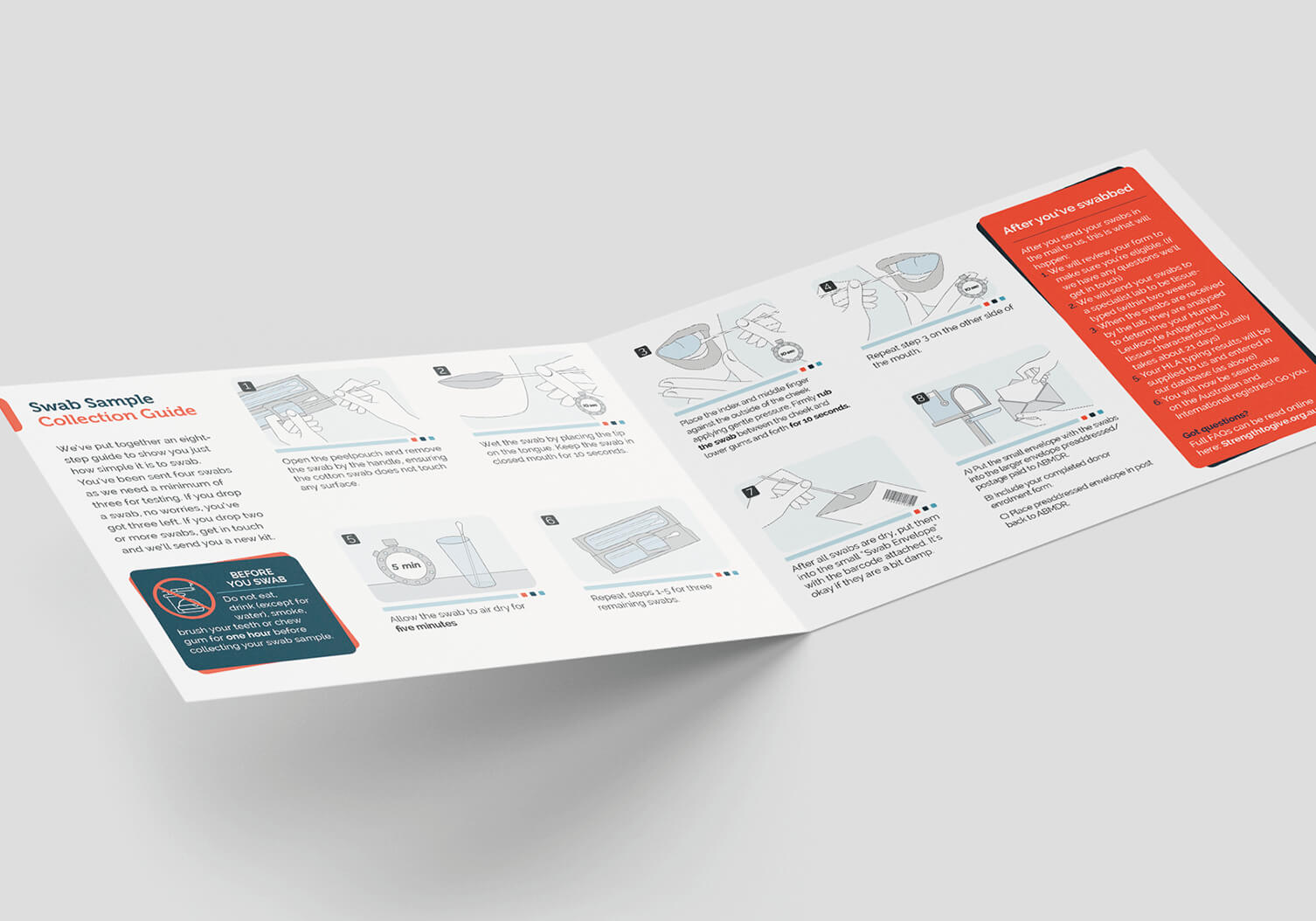
Taking your business to market[ing] success
Taking your business to market[ing] success
 Marketing is as a fundamental and indispensable part of any business.
Marketing is as a fundamental and indispensable part of any business.
From raising awareness to communicating with your audience via digital channels, taking a targeted and integrated approach to marketing is off immeasurable value. But for some SMEs the process of becoming ‘marketing active’ can be extremely daunting.
Common concerns for business owners include:
Where do you start?
Which tactics are best to use?
How will your existing customers react?
Whether you’re just getting started with marketing or are looking to expand your current marketing activity, this guide addresses some of the important questions raised by this process and will help you identify the practical steps needed to implement a marketing strategy that is both effective and right for your business.
Does your brand need a revamp?
Mention this ebook for a special offer 30-minute brand consultation and audit FREE when we chat.
Let’s see where you stand!
 What drives a business to start marketing?
What drives a business to start marketing?
We all know how important the ‘why’ is before we dive into ‘how’.
The following are a few common drivers that result in a business quickly becoming aware of the importance of effective marketing.

 Planning your marketing strategy
Planning your marketing strategy
Before rushing into any kind of marketing, it’s important to take the time to plan, research and strategise for success.
You need to develop a thorough understanding of your market, competitors and your business itself. This means getting back to basics and equipping yourself with all the information you need to identify marketing activities that work for your brand.

Let's take a closer look!
 Research your target market
Research your target market
To have the best chance of reaching your target market, you need to dig deep and find out exactly what drives customers towards purchase
How much do you know about the target audience of your product or service? What kind of triggers are they most likely to respond to? What are their pain points and how will your product or service benefit them?
Understanding these aspects of your target audience will enable you to position and market your brand accordingly, so comprehensive market research is essential. It’s often easier (and more cost-effective) to outsource this type of research to a professional agency.
 Analyse your competition
Analyse your competition
In order to stay ahead of your competitors, you need to know who they are, what they’re doing and how they’re doing it.
Once you’ve identified who your key business competitors are, look into the marketing methods they’re using and examine the way in which they have positioned their brand. What channels and digital platforms have they chosen? How are they promoting their brand and products? Consider which elements are crucial for your own business and how you can position your brand in order to get ahead.
But don’t stop there. Brainstorm ways your brand can stand out. What is it that you’re competitors aren’t doing? Think about how you might capitalise on this opportunity.

 Define your objectives
Define your objectives
What do you want to achieve from your marketing activity? Whether it’s to increase your revenue, establish your business in a new market segment or improve brand awareness, setting clear, measurable marketing objectives is vital in understanding what steps need to be taken in order to achieve these goals.
Make sure that each identified objective is specific; the infamous SMART goal is always a useful guide. Make it measurable (how much do you want to increase revenue by?), achievable (is it realistic?) and give it a timeframe for accomplishment (are you aiming to achieve this goal in three months or a year?). You also need to make sure that any marketing objectives tie in with your overall business objectives.
 Understand your business
Understand your business
You may think you have a pretty good understanding of your business, but it’s surprising what insights can be achieved when you conduct a thorough SWOT analysis (strengths, weaknesses, opportunities, threats). Be rigorous and above all be brutally honest. Is a lack of staff training letting your business down? Are your prices too high to compete in today’s market? Is your digital presence somewhat lacking? Arming yourself with this knowledge will help to develop a marketing strategy that leverages your company’s strengths and addresses those areas, which need to be improved.

The importance of creating a strong brand
The importance of creating a strong brand
 In order to connect with your audience, stand out in the market, and represent the very essence of your company, you need to develop a brand that is distinctive and strong. One that makes it immediately clear exactly who you are.
In order to connect with your audience, stand out in the market, and represent the very essence of your company, you need to develop a brand that is distinctive and strong. One that makes it immediately clear exactly who you are.
When we talk about a ‘brand’ we refer to a variety of attributes that combine to form a singular identity. From a certain look and feel to a particular set of values, your brand is so much more than your logo and mission statement.
Reflect on your brand – For existing SME’s, is your brand identity strong enough? We explore the when and whys of rebranding later in this guide.

So what are the core traits of a strong brand identity?

How do you let your customers and or the community know who you are, what you do, and how you like to do it?
Let’s look at the 5 all-important areas you’ll get to know well:
faceDefining your essence
Brand identity analysis and discovery starts within. This is about recognising and defining the values and mission of your organisation. What is it that you strive to do in the world and the marketplace? What does your company stand for? Developing an authentic, believable brand story that customers as well as employees can really get behind is vital to develop a strong position in the market. This in turn, is something that becomes inherently understood by all who interact with your brand.
faceMake friends with your customers and market
Using market research information well help you define what value means to your target audience. Working through this stage will help to shape the tone and premise of your core business message your raison d’être so to speak in a way that will be able to connect. It forms part of the why you do what you do, and highlights how your products and services will match the needs of the customer. Finally, market research, customer segmentation and profiling will help inform this process.
faceEncapsulate the message with a strong logo and tagline
Once you have managed to hone in on your single concept or brand definition, it’s then time develop a clear brand visual identity. This takes the form of a unique and memorable company logo. Arriving at this point often involves working with a talented graphic designer, who can assist the visual translation of you company mission, vision and value. A relatable tagline can be used across all your promotional content and may be an effective way to position what you do. A tagline conveys the theme and value of your brand and helps sell your product or service. A tagline needs to be succinct - no more than seven words.
faceDesign a look and feel that compels your audience
A powerful visual representation is essential for creating a strong, recognisable brand. Colour scheme is important and needs to remain uniform throughout messaging. Other areas like images, diagrams, icons and layouts will visually reinforce your brand.
faceCreating a strong brand takes time
With so many factors involved, building a solid, unique brand and positioning it effectively is not a quick process. Each and every aspect needs to be carefully considered to make sure it is just the right fit for your brand image from the big picture to the smallest detail. Not only does your brand need to resonate with the audience you’re targeting, it needs to be recognisable, memorable and stand the test of time. Finally, as the ultimate expression of everything your company stands for, your brand needs to connect not just with your external audience, but also on an internal level. So is your brand strong enough to work successfully across staff, stakeholders, and your end customers?
Becoming Market Active

Once you’ve taken those initial steps and got your brand off the ground, the next stage is to start marketing. To help, we’ve got five important tips for taking your brand to market.
Does your brand need a revamp?
Mention this ebook for a special offer 30-minute brand consultation and audit FREE when we chat.
Let’s see where you stand!

Action time!
Action time!
Identify the marketing channels best for your business
With a raft of marketing channels available, choosing which platforms to market your business can be a daunting task. Let’s explore five easy-to-implement marketing channels to take your first steps towards becoming marketing active.

Maintaining Marketing Momentum
Maintaining Marketing Momentum
Building a brand is one thing, but keeping it going successfully over time is the true test of a business. So what do small businesses need to be aware of when attempting to maintain their brand in the long term? Here are our tips for effective brand maintenance.
1Be Consistent
Be Consistent
Ensuring brand consistency is an essential aspect of maintaining your brand. Communicating your brand image and messaging clearly and consistently across all channels strengthens your brand and enables people to instantly recognise it. It also encourages customer loyalty and reinforces your brand in the market. Be sure to maintain consistency in aspects including visuals (logo, colour scheme, imagery), brand voice (tone, style of communication) and messaging.
2Listen to feedback
Listen to feedback
Digital marketing channels have greatly increased opportunities for customers to provide feedback. Whether it’s on your social media profiles, via your website, or on online forums, never ignore what your customers are saying about you. Successfully maintaining your brand in the long term involves taking on board the feedback you receive and adjusting your business accordingly.
3Analyse, report, measure
Analyse, report, measure
Careful and continuous monitoring of your marketing activity is absolutely vital for keeping up momentum. By analysing results and tracking the progress of projects and campaigns, you can identify which areas of your business marketing need to be improved in order to develop your brand and grow on your successes.
4Revisit regularly
Revisit regularly
While maintaining brand consistency is important, this doesn’t mean your brand strategy should always stay exactly the same as it was when it was first set up. To remain current, relevant and competitive, you need to be constantly refining your brand in order to keep the momentum going. Conduct regular reviews of all areas of your brand and consider how to make improvements while still staying true to your core values.
Does your brand need a revamp?
Mention this ebook for a special offer 30-minute brand consultation and audit FREE when we chat.
Let’s see where you stand!
1Don’t be afraid to try something different
Don’t be afraid to try something different
In fact, be afraid if you’re not. While it can sometimes be difficult to break away from familiar approaches and techniques in order to test a new angle or a previously unexplored channel. Without new, exciting ideas, your brand runs the risk of becoming stale and boring in the eyes of your audience.

1Keep up with your competitors
Keep up with your competitors
Staying competitive in the marketplace means always keeping an eye on what your key industry competitors are doing, and ensuring your brand has a presence strong enough to compete with rival companies.
Remember too that it’s also about what your competitors aren’t doing – keep your eyes open for new opportunities that can position your brand as a pioneer by getting there first.
2Actively involve your staff
Actively involve your staff
It’s all very well for the key players in your company to know exactly what your brand is about and the direction in which it’s going, but if other staff members aren’t made aware of this information, your brand won’t be maintained on the ground level.
Get employees involved in branding decisions and use regular internal communications to ensure everyone understands your brand and remains up-to-date with important brand developments.

We can help you
Mention this ebook for a special offer 30-minute brand consultation and audit FREE when we chat. Let’s see where you stand!





